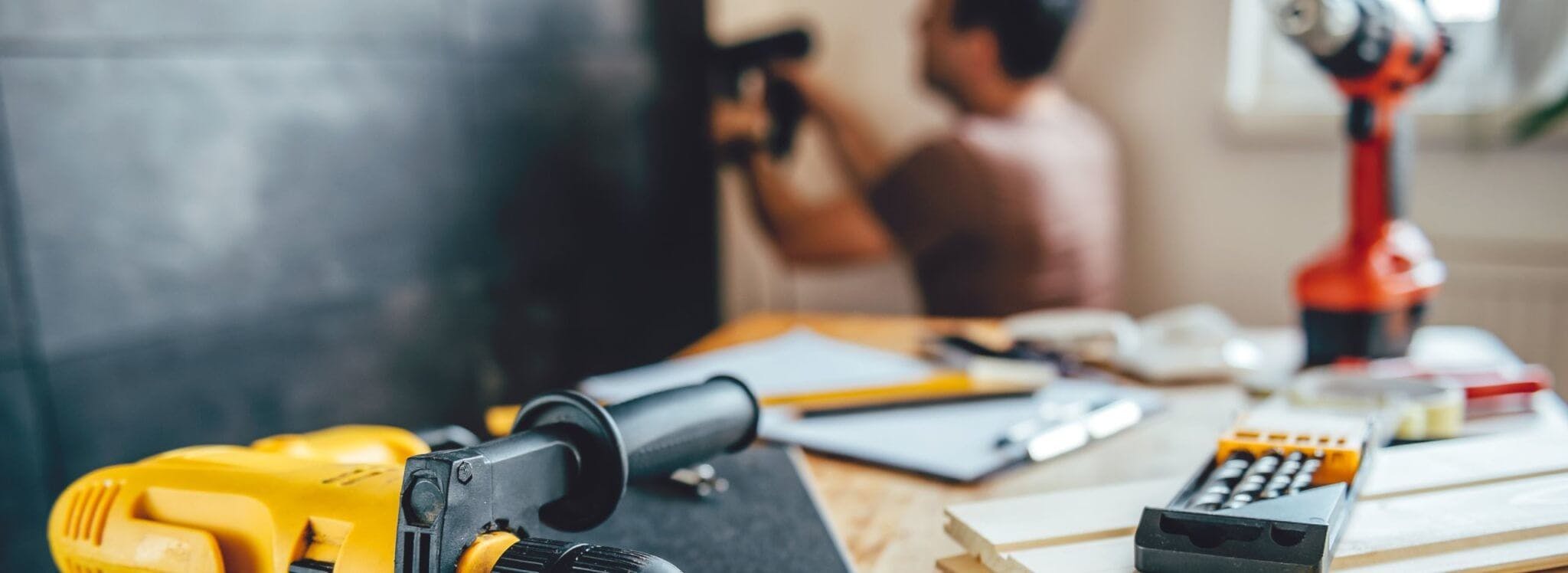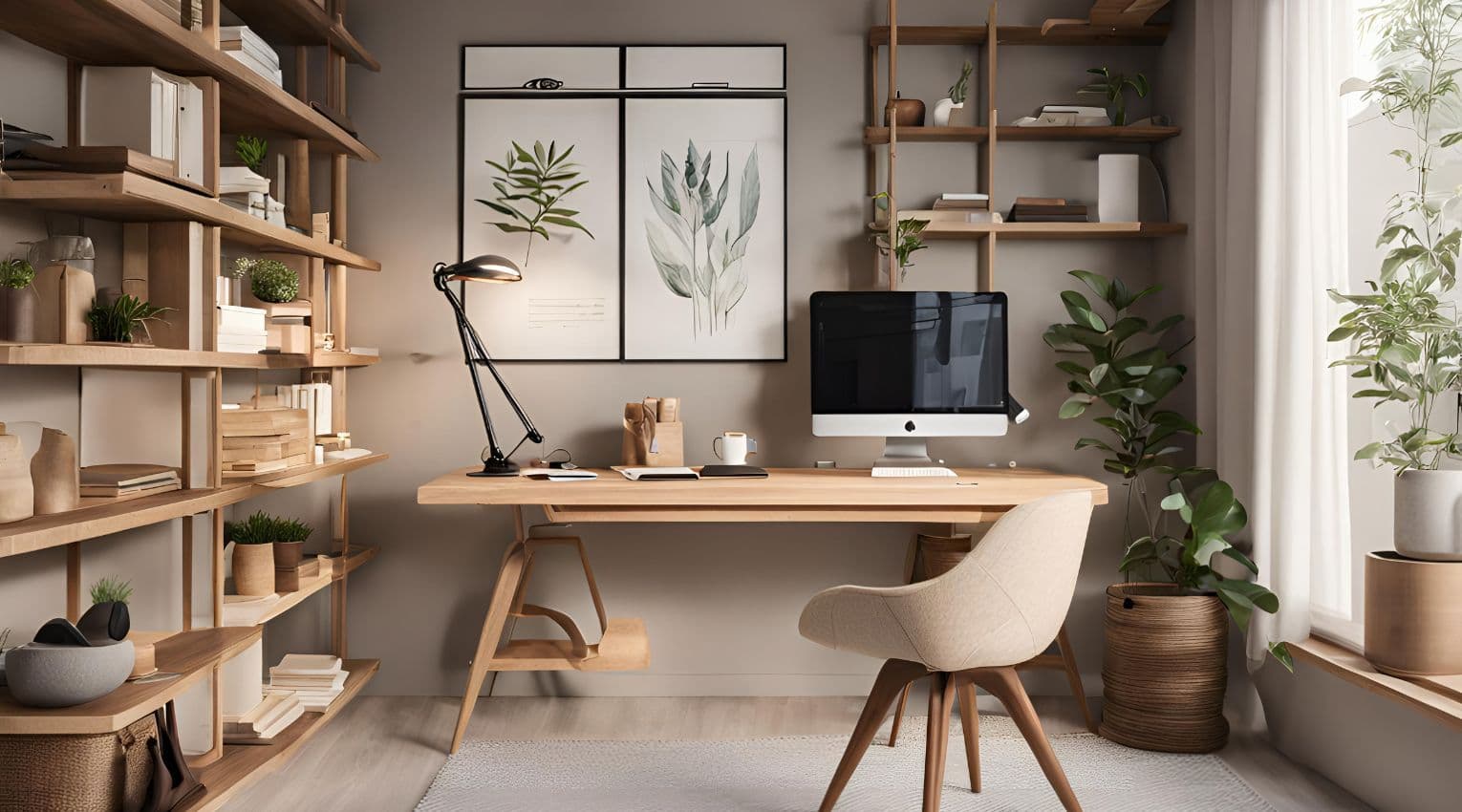Beginners' Guide to BRRRR Real Estate Investing

It may be easy to confuse with a sound you make when the temperatures drop outside, but this slightly strange acronym has nothing to do with winter weather. BRRRR stands for Buy, Rehab, Rent, Refinance, Repeat. This method has gained quite a bit of traction and popularity in the real estate community in recent years, and can be a smart way to earn passive income or build an extensive investment portfolio.
While the BRRRR approach has several steps and has been refined over the years, the principles behind it — to buy a property at a low price and boost its value to build equity and increase cash flow — is nothing new. However, you’ll want to consider each step and understand the drawbacks of this approach before you dive in and commit to it.
Pros and Cons of BRRRR
Like any income stream, there are advantages and disadvantages to be aware of with the BRRRR method.
Pros:
Potential to make a significant amount of money
Provided that you’re able to buy a property at a low enough price and that the value of the home increases after you rent it out, you can make back much more than you put into it.
Ongoing, passive income source
The primary appeal of the BRRRR approach is that it can be a relatively passive source of income; aside from your responsibilities as a landlord (or outsourcing these duties to a property manager), you have the opportunity to bring in consistent monthly rental income for low effort.
Cons:
The risk of miscalculating ARV
When determining the after-repair value (ARV), make sure you’re taking into account the quality of the upgrades you’re making — it’s not uncommon for individuals to cut corners on bathroom or kitchen finishes because it will be a rental property, only to have the appraisal come in less than expected due to this.
Investing in a rental property can be more expensive than a primary residence
Rental property financing (and refinancing) often involves a larger down payment requirement and higher interest rates than an owner-occupied home.
The time necessary to build up enough equity for a refinance
Growing equity takes time, and depending on current market conditions, it may take longer than you would like for the property to accrue enough to refinance it.
Responsibilities as a landlord
Unless you’re willing to hire and pay a property manager, you’ll need to handle any tenant issues that pop up yourself once you rent out the residence. If you plan to accrue many rental properties, outsourcing property management may make sense, but many landlords choose to manage the first few properties themselves to start.
The BRRRR Method, Step by Step
Buying
For your first property, you’ll want to familiarize yourself with the characteristics that generally make for a good investment. Ultimately, you’ll want to seek out a property you can purchase at or below market value — as this will increase your likelihood of making money. But you’ll also want to make sure that you’re making a wise investment that makes sense in terms of the amount of work the property requires.
There are a number of ways that you as a potential buyer can increase your odds of securing a home for as low of a price as possible.
These include:
- Learning about any specific motivational factors the seller has in addition to price
- Offering cash (if you need it, you can get a short-term, “hard-money” loan), then take out a loan after rehabbing the property
- Renting the house back to the seller, which is common with the BRRRR method
- Write a genuine letter to the buyer that explains your vision and goals for the property
- Waiving contingencies and buying the home “as is” for a faster closing
- Get creative with your offer (for example, requesting to buy the furniture with the property)
Rehabbing
Before purchasing a home and rehabbing it, you should do some rough estimations of how much you’ll need to spend on the improvements — including a breakdown of what you can DIY versus what you’ll need to outsource. Make sure to consider whether this rehab will justify a higher monthly rent and whether the value added will exceed the cost of the project.
Fortunately, there are some models that can help you calculate some of the expenses involved to make a more informed decision.
You can determine the ARV of the home by combining the purchase price with the estimated value added through rehab. One important thing to note is that the estimated value is not the same as the cost of repairs; it’s the value that you believe the repairs will add to the home overall. If you purchase a home for $150,000 and estimate that repairs will add approximately $50,000 in value, the ARV would be $200,000.
Once you land on the ARV, the next step is to determine the MAO (Maximum Allowable Offer).
This equation is slightly more complicated:
MAO = (ARV x 70%) – cost of repairs
So, using the above example, if the After Repair Value of the home is $200,000 and the cost of repairs is estimated at $35,000, the MAO would be $105,000.
It’s worth nothing that there are certain renovations and updates, like landscaping, kitchen and bathroom remodels, deck additions, and basement finishing, that quickly add more value to a home than other fixes.
Renting
There are two important components when it comes to turning your investment property into a rental: determining fair market rent and securing suitable tenants. Websites like Zillow Rental Manager and Rentometer can help you set an appropriate rental amount. It’s also important to do due diligence when it comes to finding tenants. In addition to Zillow Rental Manager, Zumper and Avail can provide screening tools to help you vet potential applicants and perform background checks.
Refinancing
Once the property gains enough equity, you’ll apply for a refinance. Keep in mind that while specific requirements depend on the lender, most will request a good credit score, a tenant who has lived in the unit for at least six months, and at least 25% equity left over after the refinance in order for you to get the most favorable rates and terms.
Repeating
This part is pretty simple — once you pull out the cash from one property for a refinance, you can use it to put a down payment on your next investment property, while the refinanced home continues to bring in rental income.
Explore Real Estate Investing Resources
There are a number of resources that can help you learn more about and get started with the BRRRR method. For example, BiggerPockets provides valuable content and forums where you can connect with others in the financial and real estate spaces who are successfully using this approach. There is also a wealth of information on YouTube.
Funding Your First Investment Property
If you’ve decided to pursue the BRRRR method for passive income, there are a handful of ways you can access the money you need for a down payment to purchase the property.
As a homeowner, you can take out a home equity loan to get a lump sum of cash. However, you’ll need to pay the loan back on top of your existing mortgage payment(s) and the application and approval process can be rigorous. A home equity line of credit (HELOC) provides a bit more flexibility, but monthly payments can fluctuate each month due to variable interest rates, and your lender can freeze your account at any time if your credit score drops too low. A cash-out refinance, which is part of the BRRRR process, is another possibility to access equity from your primary residence — and can allow you to lock in a lower interest rate. But since you’re taking out a new mortgage, you’ll have to pay closing costs and possibly an appraisal fee.
Finally, if you’ve built up equity in your home and need cash to cover the down payment or necessary renovations, a home equity investment may be a good solution. There’s no monthly payments, and you can use the money for anything you’d like without any restrictions. You can receive up to 25% of your home value in cash, and don’t have to make any payments for the life of the investment (10 years with a Hometap Investment).
The more you know about your home equity, the better decisions you can make about what to do with it. Do you know how much equity you have in your home? The Home Equity Dashboard makes it easy to find out.
You should know
We do our best to make sure that the information in this post is as accurate as possible as of the date it is published, but things change quickly sometimes. Hometap does not endorse or monitor any linked websites. Individual situations differ, so consult your own finance, tax or legal professional to determine what makes sense for you.



